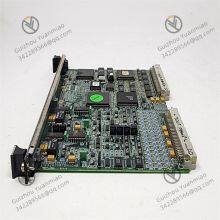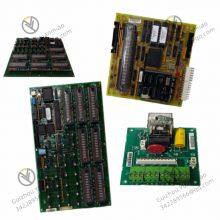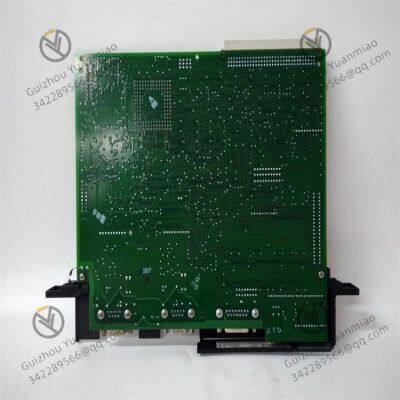GE PCH1026 CHF 891069 Digital Structural Vibration Monitor
Functional Features:
Vibration Monitoring: Equipped with a built-in accelerometer, it can monitor equipment vibration signals in real time, analyze frequency spectra and characteristics, detect abnormal vibration patterns and faults, and measure parameters such as acceleration, velocity, and displacement.
Real-time Analysis: Supports real-time FFT analysis and tower frequency detection, can process vibration data in a timely manner, obtain information such as vibration frequency, and help users understand the operating status of equipment.
Multiple Communication Protocols: Supports communication protocols such as USB, RS232, RS485, and CANbus, facilitating connection with other devices or systems to realize data transmission and interaction.
Self-inspection and Diagnosis: Has self-inspection and diagnosis functions, complies with international safety standards such as SIL 2 and PL-d, and can ensure stable and reliable operation of the equipment.

Technical Parameters:
Power Supply Requirements: DC power supply, voltage range of 20-30V, maximum power consumption of 7W.
Dimensions and Weight: Length 254mm, width 130mm, height 66mm, weight approximately 2 kilograms.
Input and Output: Up to 4 internal input channels, up to 4 external sensors, with a dynamic range of ±6g. For output, there are 4 independent 4-20mA industrial standard output channels, which are used to connect to PLCs or controllers.
Frequency Range: Has low-frequency monitoring capability as low as 0.05Hz, and the frequency monitoring range can reach 0.05Hz to 100Hz.
Operating Environment: Operating temperature range is -25°C to 60°C, humidity below 95%, suitable for harsh industrial environments.
Application Fields:
Industrial Equipment Monitoring: Can be used to monitor the vibration levels of rotating equipment such as fans, pumps, and compressors, and detect potential faults in a timely manner.
Wind Turbine Monitoring: Can monitor tower vibration, blade vibration, etc., reduce downtime, and improve power production efficiency.
Building Health Monitoring: Can be used to monitor building sway and foundation movement to ensure the safety of building structures. It can also be applied to earthquake monitoring, by arranging multiple devices to monitor vibrations caused by earthquakes.















